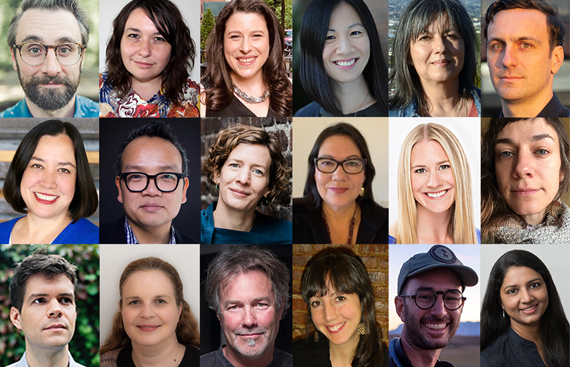Two Indian Americans Among MIT's New Class of Knight Science Journalism Fellows

Since its inception in 1983, the program has hosted more than 350 fellows representing media outlets from The New York Times to Le Monde, from CNN to the Australian Broadcasting Corporation, and more.
FREMONT, CA: MIT announced the new class of 2021-2022 Knight Science Journalism Fellows, with two Indian Americans named among the 21 individuals. Fellows were chosen for full year, fall semester, or spring semester fellowships. Sushma Subramanian was selected for a spring fellowship, while Tasmiha Khan was picked for the fall semester.
Subramanian is a health and science journalist and author of “How to Feel: The Science and Meaning of Touch.” Her byline has appeared in Slate, The Atlantic, Elle, Scientific American, Discover, and others. She was a finalist twice for the Livingston Award for Young Journalists and won a Newswomen’s Club of New York Front Page Award. She will be writing about the ethics behind the commodification of breast milk, it said.
Khan is a freelance writer from the Midwest. She champions marginalized communities, particularly the Muslim American population, including women and children. Her work has appeared in National Geographic, The New York Times, Forbes, The Daily Beast, Vox, and VICE, among others. MIT said that her project will examine the science of ensuring cultural and religious competent care for pregnant and perinatal Muslim women. It marks the second year that KSJ will offer the remote project fellowships, which were established in response to the unique challenges and public health concerns presented by the Covid-19 pandemic.
The fellowships are designed to support journalists pursuing a diverse range of projects related to science, health, technology, and the environment. Each fellow will receive a stipend and a budget for project-related expenses, as well as access to seminars, workshops, mentoring, and a large offering of online resources at MIT.
Selected from a highly competitive pool of applicants, the 2021-22 fellowship class includes authors, reporters, documentary photographers, and multimedia journalists representing every time zone in the contiguous United States.
Seven journalists will receive full-year fellowships supported by $40,000 stipends; 14 will receive single-semester fellowships supported by $20,000 stipends, with nine in the fall semester and five in the spring semester.
The Knight Science Journalism Program, supported by a generous endowment from the John S. and James L. Knight Foundation, is recognized worldwide as the premier mid-career fellowship program for science writers, editors, and multimedia journalists.
The program’s goal is to foster professional growth among the world’s small but essential community of journalists covering science and technology and encourage them to pursue that mission, first and foremost, in the public interest.


.jpg)
.jpg)